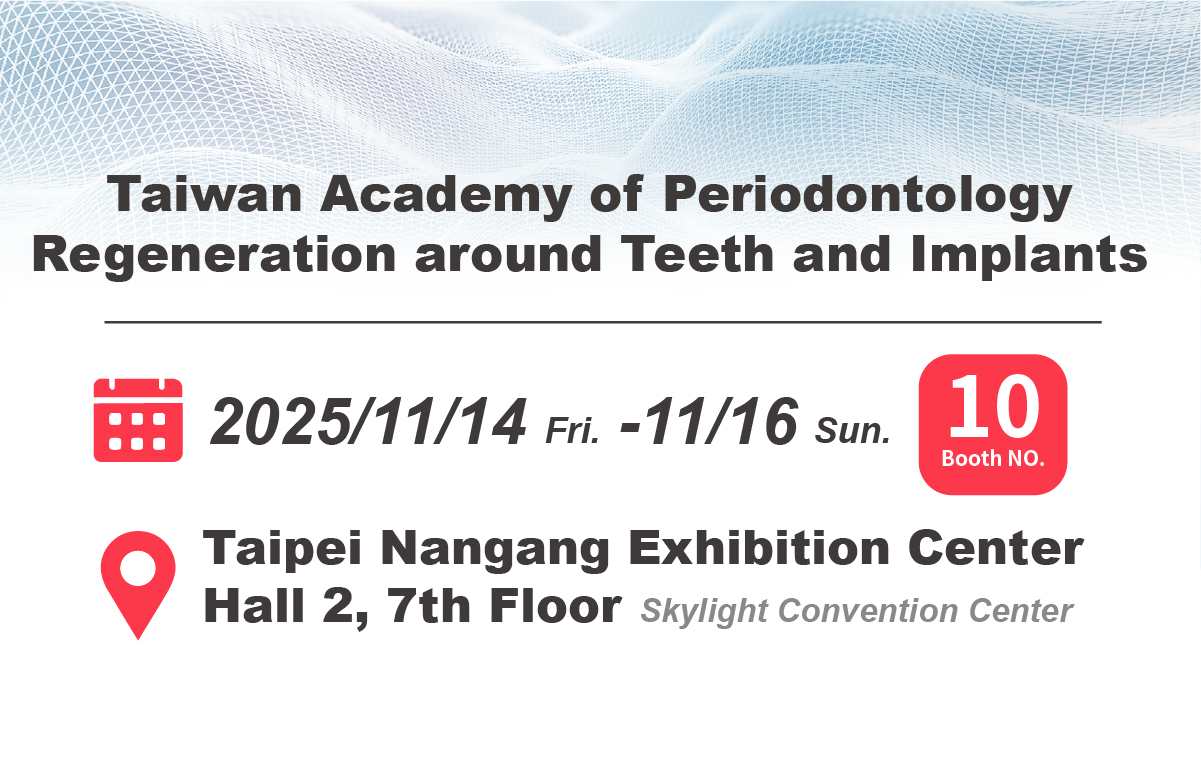Epistaxis, commonly known as a nosebleed, is a frequent medical condition that can be classified into anterior and posterior types. Approximately 90% to 95% of nosebleeds originate from the anterior part of the nasal cavity, particularly from a vascular area called Kiesselbach’s plexus (also known as Little’s area). Because of its superficial location and dense blood supply, this area is especially prone to bleeding triggered by dry air, trauma, nasal infections, or elevated blood pressure.
In most cases, anterior epistaxis can be managed with simple measures such as direct pressure or nasal sprays. However, when bleeding persists despite these conservative approaches, anterior nasal packing may be required to achieve hemostasis by applying localized pressure to the bleeding site.
This article provides a comprehensive overview of anterior nasal packing as a clinical technique for managing anterior epistaxis. It covers the indications, step-by-step procedure, materials used, associated risks, and best practices to ensure both effective bleeding control and patient safety.
Table of Contents
What is Anterior Nasal Packing?
Anterior nasal packing is a medical procedure used to manage anterior epistaxis, a common type of nosebleed that occurs in the front part of the nasal septum, particularly at Kiesselbach’s plexus (Little’s area). This region is densely packed with blood vessels, making it susceptible to bleeding due to factors like dry air, trauma, nasal infections, or elevated blood pressure.
The procedure involves the insertion of packing material into the nasal cavity to apply localized pressure on the bleeding site. This helps promote clot formation and achieve effective hemostasis.
How To Treat Anterior Epistaxis With Nasal Packing
Although most cases of anterior epistaxis are mild and can be resolved with basic first aid such as pinching the nostrils, applying cold compresses, or using nasal sprays some episodes may persist despite these measures. When conservative treatments fail to control bleeding, anterior nasal packing becomes a necessary intervention to stop the flow and prevent further blood loss.
Depending on the severity of bleeding and the type of material used, the packing is usually left in place for 24 to 48 hours.
Common Types of Anterior Nasal Packing Materials
Several materials are commonly used in anterior nasal packing to achieve hemostasis by exerting pressure on bleeding sites in the anterior nasal cavity. These materials include:
- Gauze or cotton rolls
- Hydrophilic nasal sponges
- Absorbable packing materials (e.g., NasoAid®, Nasopore®)
- Inflatable balloon devices
Each of these materials offers a different mechanism for compressing bleeding vessels and promoting clot formation.
Advantages and Indications of Each Packing Type
- Gauze or cotton rolls are a traditional option, known for their high absorbency and immediate bleeding control. However, they can be bulky and uncomfortable, especially during removal.
- Hydrophilic sponges, although non-absorbable, expand upon hydration and conform to the nasal cavity, reducing pressure points and improving patient comfort.
- Absorbable materials such as NasoAid® and Nasopore® dissolve naturally over time, eliminating the need for removal and reducing the risk of mucosal trauma. These are particularly beneficial after nasal surgery or in patients with bleeding tendencies.
- Inflatable balloon devices are primarily used for posterior epistaxis but may also be applied in anterior cases that are severe or refractory to standard packing.
Material Selection Considerations
The choice of nasal packing material depends on several factors, including the severity and location of the bleeding, patient tolerance, risk of infection, and clinical setting. For example, absorbable packing is often preferred in surgical cases or among patients at higher risk of rebleeding, while traditional gauze may be used in urgent settings with limited resources. Ultimately, material selection should balance hemostatic effectiveness with patient comfort and safety.
Anterior Nasal Packing Risks
Although anterior nasal packing is an effective method for controlling anterior epistaxis, it may carry certain risks and complications. These include:
- Infection
Prolonged nasal packing can create a moist environment conducive to bacterial growth, increasing the risk of sinusitis or, in rare cases, toxic shock syndrome (TSS).
✅Prevention – How to Execute:
• Prescribe prophylactic antibiotics (e.g., amoxicillin-clavulanate or clindamycin) to patients at higher risk, such as those with immunosuppression, diabetes, or prolonged packing (>48 hrs).
• Ensure timely removal of the anterior nasal packing within 24 to 72 hours, and schedule a clear follow-up appointment for reassessment.
• sterile technique during insertion to minimize contamination risk. - Discomfort and Pain
Rigid or poorly positioned anterior nasal packing can irritate nasal mucosa, causing pain or a pressure sensation.
✅ Prevention – How to Execute:
• Pre-medicate with a topical local anesthetic (e.g., lidocaine with epinephrine) before inserting the packing.
• Select softer, absorbable packing materials like NasoAid® to reduce pressure.
• Provide oral analgesics such as acetaminophen or ibuprofen as needed for pain control. - Mucosal Damage and Rebleeding Upon Removal
Packing may stick to mucosal surfaces and cause trauma or rebleeding during removal.
✅ Prevention – How to Execute:
• Irrigate the packing thoroughly with sterile saline for 5–10 seconds before removal to soften any dried secretions.
• Choose low-adherence materials or absorbable dressings that reduce friction with nasal tissues.
• Remove the packing gently and slowly, using forceps under direct visualization if needed. - Breathing Difficulty
Patients may experience nasal obstruction and associated respiratory discomfort, especially those with underlying respiratory disease.
✅ Prevention – How to Execute:
• Assess for asthma, COPD, or sleep apnea before placing anterior nasal packing.
• Avoid bilateral nasal packing unless absolutely necessary.
• Monitor oxygen saturation using pulse oximetry during and after placement.
• Provide humidified oxygen or nasal decongestants if congestion is severe. - Septal Perforation (Rare)
Excessive pressure from anterior nasal packing may impair blood flow, leading to ischemia and perforation of the nasal septum.
✅ Prevention – How to Execute:
• Use minimal effective pressure when packing; do not overfill the nasal cavity.
• Avoid using rigid packing unless clinically necessary.
• Limit packing duration to ≤72 hours, and inspect the septum during follow-up for signs of ulceration or necrosis.
By implementing these targeted, step-by-step prevention strategies, clinicians can greatly reduce complications and enhance patient comfort and recovery during anterior nasal packing treatment.
How to Perform Anterior Nasal Packing: Preparation
Proper preparation before anterior nasal packing is crucial for ensuring effective hemostasis and minimizing patient discomfort. The following steps should be taken:
Hand Hygiene and Protective Equipment – Perform thorough hand hygiene and wear sterile gloves, a face mask, and protective eyewear if necessary.
Patient Communication – Explain the procedure, expected sensations, and possible side effects to help the patient remain calm and cooperative.
Prepare the Nasal Cavity – Instruct the patient to gently blow their nose to clear clots. Apply a vasoconstrictor or local anesthetic if needed to reduce bleeding and discomfort.
Nasal packing material (Resorbable or Non-resorbable nasal materials)
*Resorbable packing generally causes less discomfort than non-resorbable packing. The placement instructions vary depending on the type of resorbable packing used.
How to Perform Anterior Nasal Packing: Insertion of NasoAid
Step 1: Preparation
Adjust the Size: NasoAid Nasal Dressing can be cut or compressed according to clinical needs.
Hydrate the Dressing:
- Place NasoAid Nasal Dressing in a sterile container.
- Add 3–5 c.c. of sterile water and let it soak for 5–10 seconds to soften.
Step 2: Insertion
- Clamp the NasoAid Nasal Dressing
• Use ear, nose, and throat (ENT) forceps to grip NasoAid.
• Reduce its volume if necessary for easier insertion. - Insert into the Nasal Cavity
• Use a nasal pusher to slightly open the nostril.
• Gently slide NasoAid along the floor of the nasal cavity until the entire dressing is inside.
Step 3: Expansion and Hemostasis
- Rehydrate if Necessary
- If needed, use a syringe with 10 c.c. of sterile water or physiological saline.
- Apply liquid to the outer edge of NasoAid to allow it to expand and conform to the nasal cavity.
Tips for Treating Anterior Epistaxis with Packing
- Adjust the patient’s head position to reduce blood flow to the nose.
- Ensure that the packing is inserted deep enough to cover the bleeding site.
- Monitor the patient for signs of discomfort or breathing difficulty.
What to Avoid When Performing Anterior Nasal Packing
- Avoid overpacking, as excessive pressure may damage nasal tissues.
- Do not insert gauze too tightly to prevent tissue ischemia.
- Avoid packing in the nasal vestibule, as this does not effectively stop bleeding.
How to Perform Anterior Nasal Packing: Afterward
After undergoing anterior nasal packing, patients should avoid strenuous activities, blowing their nose, consuming alcohol, and drinking hot beverages to prevent bleeding or dislodging the packing. They must monitor for signs of infection such as increased pain, swelling, or discharge, or difficulty breathing, and seek immediate medical attention if these symptoms occur. Healthcare providers should document the type of packing used, whether it is absorbable or non-absorbable, along with any medications given and the follow-up care plan.
Anterior Nasal Packing V.S. Posterior Nasal Packing
The table below summarizes the key differences between anterior nasal packing and posterior nasal packing, serving as a reference for clinical decision-making and material selection.
| Category | Anterior Nasal Packing | Posterior Nasal Packing |
|---|---|---|
| Indications | Anterior epistaxis (more common) | Posterior epistaxis (less common but more severe) |
| Packing Location | Placed directly in the anterior nasal cavity, usually in the inferior meatus or nasal septum | Requires deep insertion into the posterior nasal cavity, sometimes assisted via the oral cavity |
| Packing Materials | Common materials: NasoAid, Nasopore, Merocel, ribbon gauze | Common materials: Foley catheter, Merocel Posterior Pack, double-balloon catheters |
| Removal Time | 24–72 hours | 48–72 hours, requires close monitoring |
| Complication Risks | Relatively low risk | May affect breathing, requiring careful assessment |
| Related Nasal Surgeries | Often used after Turbinate Reduction, Septoplasty to manage post-operative bleeding | May be necessary after Chronic Sinusitis Surgery if significant bleeding occurs |
Although posterior packing is less commonly required, it is often more challenging to manage and associated with a higher risk of complications. If a patient presents with recurrent bleeding or if the bleeding source is located deep within the nasal cavity, posterior nasal packing or alternative hemostatic interventions should be promptly considered.
Contraindications for Anterior Nasal Packing
Not all cases of anterior epistaxis are suitable for nasal packing. Contraindications include severe nasal fractures, suspected cerebrospinal fluid (CSF) leaks, and uncontrolled coagulopathies requiring specialized treatment. In these situations, alternative interventions such as surgical ligation or embolization may be necessary.
NasoAid®: A Superior Choice for Anterior Nasal Packing
NasoAid® is an absorbable nasal packing material composed of 70% bovine collagen and 30% carboxymethyl cellulose (CMC). It can absorb up to 35 times its weight in fluid and naturally dissolves within 7 to 14 days. Its biocompatibility minimizes patient discomfort, eliminates the need for manual removal, and reduces the risk of rebleeding. With its quick hemostatic effect and ease of insertion, NasoAid® is an ideal choice for managing anterior epistaxis in both clinical and emergency settings.










